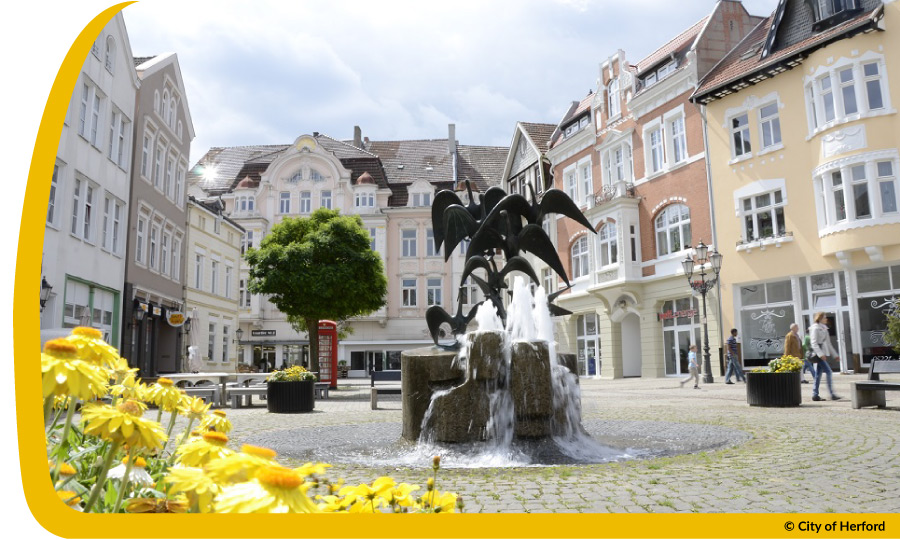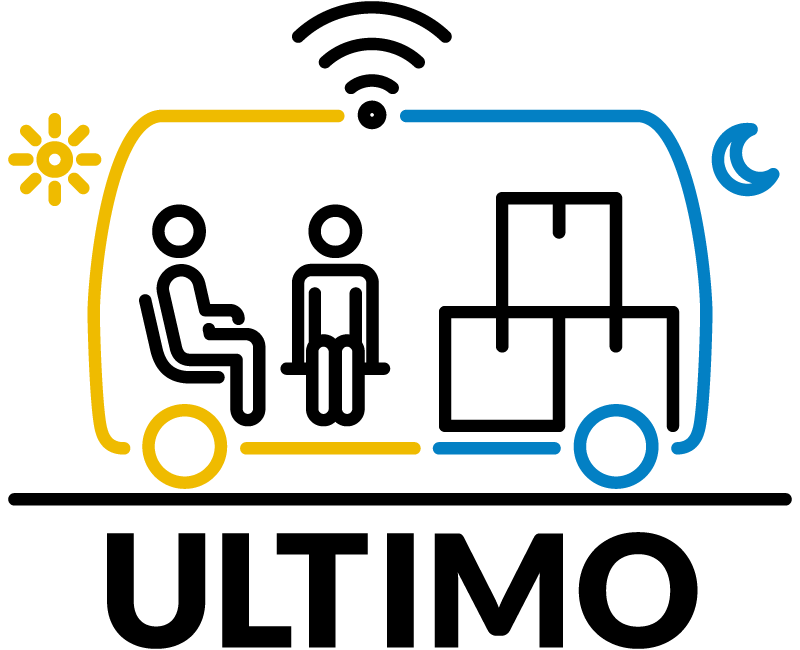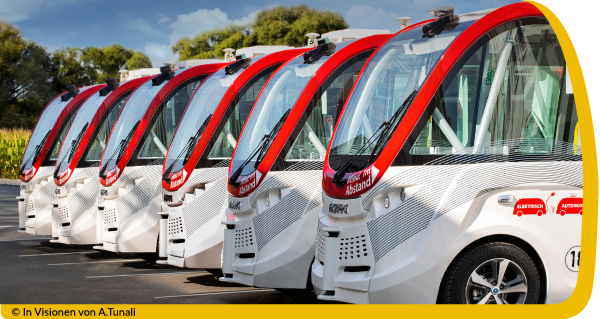
Herford,
North Rhine-Westphalia

Connecting city and rural areas with AV in MaaS
Improve urban-rural mobility by building a fleet of autonomous minibuses that will be integrated into the existing public transport system as a complement.

Lead Partner:
DB Regio Bus
Vehicle description:
Currently:
Starting with 2 to 3 shuttles
In final project year:
At least 15 shuttles with SAE level 4
Integration with public transport:
- On-demand, covering all mobility needs in a MaaS-setup
- First mile/last mile feeder service to local train station and bus centre
- Connecting rural areas with weak bus services with the city centre
- Creation of a real alternative for the private car
- Establishment of a more flexible public transport system for everyone
Target users:
Visitors and residents of the city and countryside of Herford
Track length (in total):
tbd
Maximum speed:
60 km/h

Background:
The Hanseatic city of Herford is a city in North Rhine-Westphalia with 68,000 inhabitants. Together with 8 other municipalities, it belongs to the district of Herford. Thanks to its convenient location on the A2 motorway and the important railway station, Herford is well integrated into the transport network and easily accessible.
The district of Herford lies largely in the Ravensberg Hills in North Rhine-Westphalia. Since 1969 it has been divided into six towns and three municipalities. Has developed into one of the most exciting economic areas in Germany. More than 250,000 people live in the district of Herford, which covers an area of about 450 square kilometres.
The mobility concept (developed in 2022 and 2023) of the city of Herford includes various areas of future mobility. Among other things, potentials and new possibilities for strengthening walking and cycling and public transport as active forms of mobility of the environmental alliance are to be shown. In addition, supporting measures for sustainable mobility, e.g. sharing offers, are to be identified in order to strengthen multimodal mobility (several means of transport) and especially to make the so-called “last mile” more attractive.
In addition, cross-cutting issues such as mobility management and accessibility are being developed for Herford in a future-oriented way through the city-wide concept, in order to also take into account the special mobility needs of target groups. Central to this is not only the accessibility of the city centre, but also a better linking of the individual districts of Herford. The aim is not to view transport and urban development in isolation from each other; instead, the aim is to achieve an upgrading of the quality of stay in public spaces by promoting local mobility.
Main objectives:
As an operator, it is particularly important that the currently high financial costs of automated transport are cushioned by suitable business models. The aim is to further develop on-demand services and thus to improve the offer on the one hand, but also to benefit from scaling effects as an operator.
To establish an automated on-demand transport as well as an integration in the existing mobility solutions (AV in MaaS) and the linking of the city of Herford with its surroundings will significantly improve public transport. With its user-centric approach, the ULTIMO project will be able to provide the best service for all passenger groups.
Contact Person:
Stefan Kretzschmar
